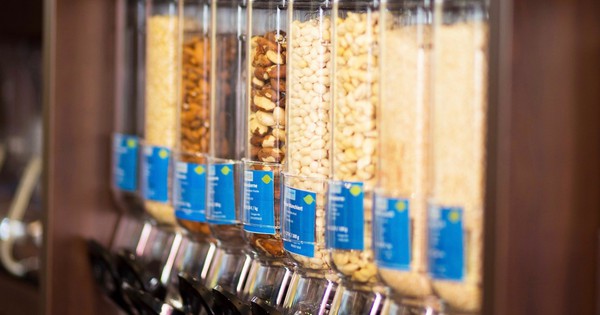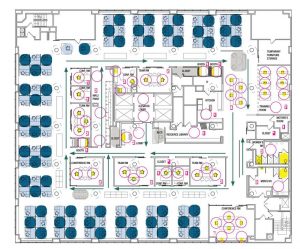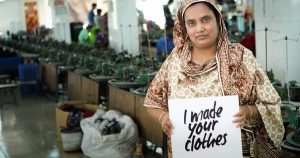How to improve the zero-waste shopping experience

A few tweaks by stores could make the process more efficient.
I recently went to Bulk Barn and stocked up on baking supplies using refillable glass jars. It was a most satisfying feeling, walking out of the store without any plastic packaging, and then putting those beautiful jars directly into my pantry. I need to do that more often, I thought.
The fact is that, just like everyone else, I get lazy. Despite knowing the facts about plastic pollution and having every intention to shake the single-use habit, even I get sucked into the convenience of prepackaged foods at the supermarket. When I’m short on time and it’s the end of a long day and I’ve got a bunch of hungry kids with me, it’s easier to toss a bag of lentils or a container of peanut butter into my grocery cart than it is to make an additional trip to a different store that accepts containers I may have forgotten to bring from home.
This got me thinking about how zero waste shopping could be made more accessible and less intimidating to people – because the only way it will become widely accepted is if it’s just as (or nearly as) convenient as the current shopping model. So here are some ideas, based on my own brainstorming, experiences, and research. Some are more realistic than others, but at least it’s a place to start.
1. Stores could have designated tare stations.
Some do, but Canada’s major chain Bulk Barn does not. I have to line up for a cashier in order to get jars inspected, weighed, and labeled, which adds an extra step and can take a while if there’s already a lineup. A separate weighing station could speed up the process, especially if customers were allowed to do it themselves.
2. Stores could offer sterilized secondhand containers.
If people forget their own containers, a store could have a selection of containers it has collected and cleaned for reuse. The Good Food Store in Missoula, Montana, does this, as described in Civil Eats: “Two large black bins stationed at the store’s entrance contain shoppers’ old glass and plastic jars, which employees collect, sanitize, and place on store shelves for customers to use.”
3. Shoppers could receive incentives for using their own containers.
Imagine if stores offered a 25-cent discount per jar or bag used; that could add up to a few dollars’ worth of savings per shopping trip, which is good motivation for remembering one’s containers. Since the stores are saving on packaging, too, they’re better positioned to offer this small discount. Or a store could offer a rewards program, where you get some money off after using X-number of reusable containers or bags. This could boost store loyalty.
4. Stores could start their own reusable container programs.
The benefit of food shopping is that most people go to the same places every week, so it’s reasonable that a store could offer branded containers that a person can fill and return for cleaning by store staff. (They could look to the Loop model or the numerous coffee shops now offering branded reusable cup programs.) The benefit of a branded container is that it could have a permanent tare weight written on it, which makes the process more efficient.
5. Shoppers could think more about the containers and bags they use.
– Wide-mouth jars are quick and easy to fill, great for liquids like nut butters, honey, oil, and allow cashiers to see what’s inside. Ask the grocer if you can write a permanent tare weight on the container to speed up the process.
– Solid cloth bags and reused paper bags don’t have to be tared, as they weigh very little, allowing for direct filling. Great for flours, rice, beans, lentils, cereals, tea, coffee. Mesh is pretty useless at a bulk food store, but good for produce.
– Small glass jars are excellent for spices and baking supplies used in smaller quantities.
– Plastic store containers can be reused in a pinch, i.e. a store-branded peanut butter container could be washed out and refilled with the same, although it’s important to be mindful of food allergies and avoid cross-contamination.
I think it’s fabulous that more stores are expanding their bulk food sections and allowing reusables, but a bit more creativity and cooperation on their part could make this more of a shopping revolution than it currently is.
A few tweaks by stores could make the process more efficient.







